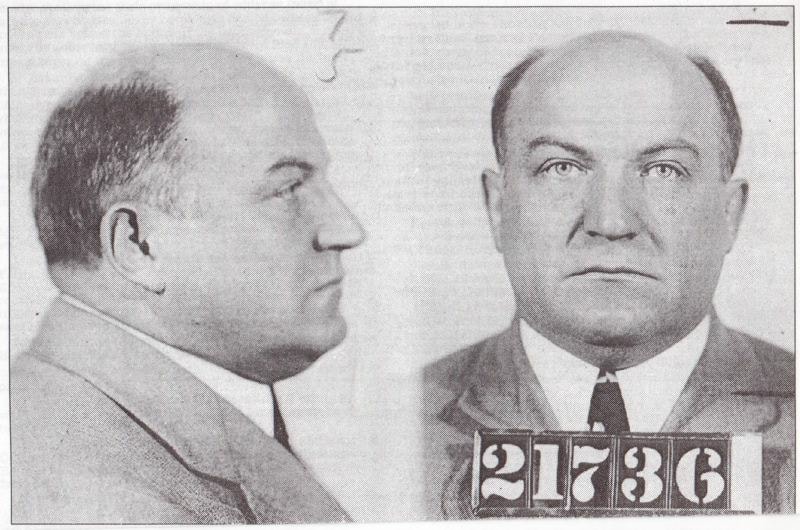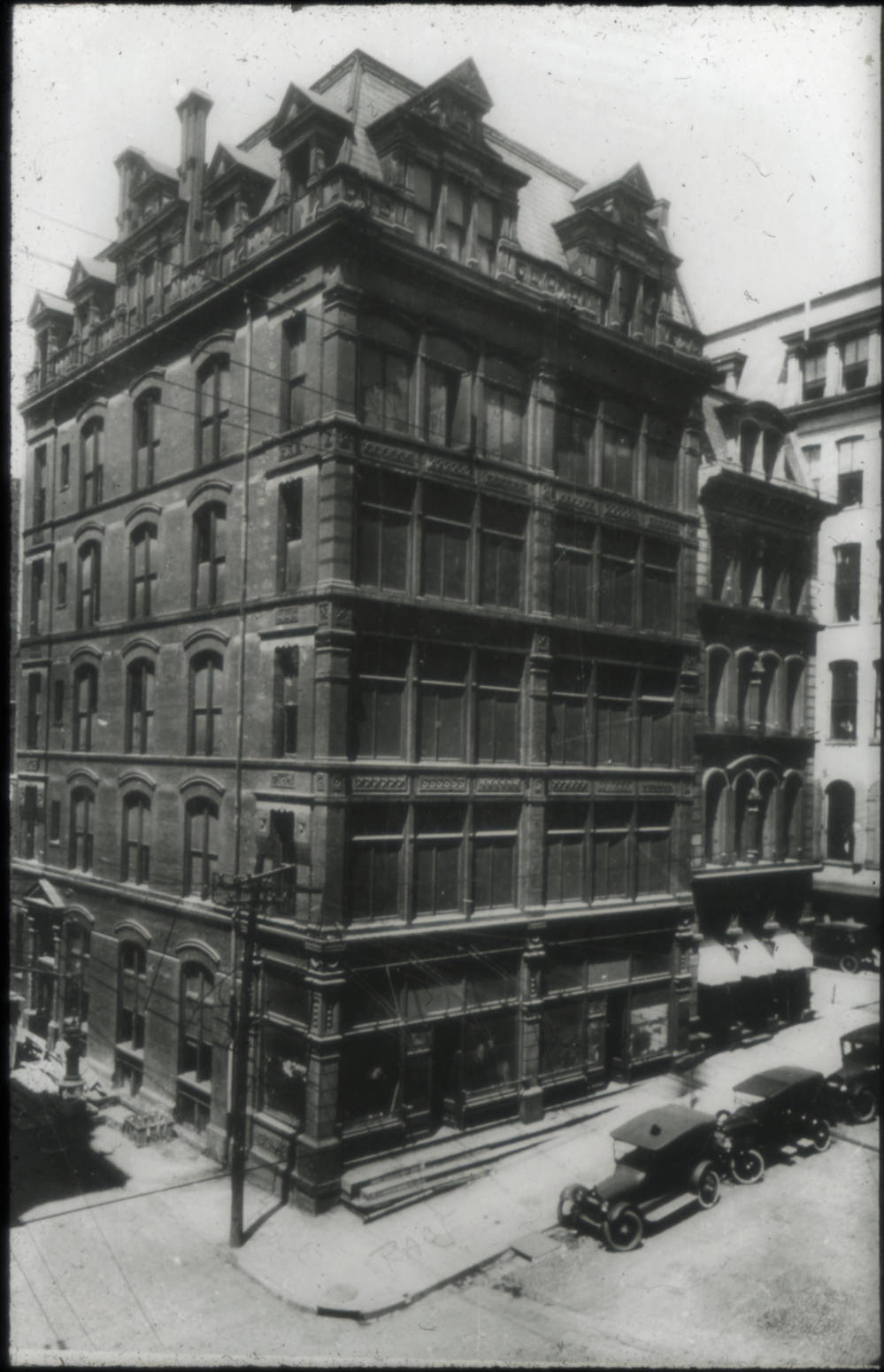The Bourbon King, The Inside Story: The Murder, Video
The Murder, Part II: From Cincinnati, Historian Bob Batchelor, author of The Bourbon King: The Life and Crimes of George Remus, Prohibition's Evil Genius (Diversion Books), discusses how George Remus chased down his wife Imogene and murdered her in Eden Park and then retraces their steps!
There is a great deal of conflicting opinion about exactly where Remus and his driver, George Klug, ran Imogene and Ruth’s taxi off the road, even among eyewitnesses! I recreate the murder from the information I pieced together from those accounts. In any case, the murder took place along a 10 to 20 yard strip near Mirror Lake.
George Remus murdered Imogene in Eden Park, Cincinnati’s version of Central Park in the 1920s. The murder location is behind me in this photo, in this stretch of roadway.












